Hot flash at the board meeting? Night sweats ruining another good night's sleep? Welcome to the wild ride of menopause and its precursor, perimenopause! This natural transition might sometimes feel like your body has developed a mind of its own, but you're certainly not alone on this journey.
Menopause—officially earned after twelve consecutive months without a period—and the years of hormonal fluctuations leading up to it can bring a grab bag of surprises: mood swings that leave your family walking on eggshells, unexplained weight gain around your middle, and energy levels that make you nostalgic for your former self.
But here's the good news: while you can't stop this biological milestone, you absolutely can influence how your body navigates it. And one of your most powerful tools? Your fork!
What you eat during this transition isn't just about satisfying hunger—it's about giving your body exactly what it needs during a time of significant hormonal upheaval. Growing evidence suggests that what we put on our plates plays a powerful role in how we experience this transition. The right foods can help tame those hot flashes, boost your flagging energy, support your bone health, and even help clear the mental fog that has you searching for your glasses while they're sitting on top of your head.
This isn't about following some restrictive "menopause diet" or swearing off everything delicious.
Rather, it's about understanding how making informed, practical food choices can help you feel more like yourself when your hormones seem determined to make you feel otherwise.
Ready to discover a nutritional roadmap to not just surviving, but actually thriving through menopause and beyond?
Let’s dive in.
Table Of Contents:
Understanding Hormonal Changes: What's Really Going On In There?
During perimenopause and menopause, your ovaries gradually reduce their production of estrogen and progesterone—the hormonal duo that's been orchestrating your reproductive cycles for decades.
This hormonal reshuffling affects far more than just your reproductive system. Estrogen helps regulate your metabolism, bone density, cardiovascular health, cognitive function, and even skin elasticity.
Your body's response to these changes is as unique as your fingerprint. Some women sail through with barely a hot flash, while others feel like they're navigating a perfect storm of symptoms, including:
- Hot flashes and sudden temperature surges
- Night sweats that disrupt sleep
- Thinning hair and skin changes
- Shifts in body composition and sudden weight gain
- Trouble falling or staying asleep
- Muscle aches, joint pain, and cramping
- Increased blood pressure
- Decreasing bone density
- Vaginal dryness and discomfort
- Decreased libido and sexual changes
- "Brain fog" and memory lapses
- Irritability and mood swings
- Feelings of depression
- Heightened anxiety
- Persistent fatigue and energy dips
If this is your experience, it's understandable to feel a sense of loss—of predictability, control, and sometimes even your sense of self. This transition can be overwhelming, leaving you wondering if this is simply your new reality.
The good news is, while genetics plays a role, but so does something more within your control: nutrition.
What you eat communicates directly with your endocrine system. Certain foods can help moderate the effects of declining estrogen, while others might trigger symptoms. Your gut microbiome also influences hormone metabolism through the "estrobolome"—specialized bacteria that determine whether estrogen gets recycled into your bloodstream or eliminated. During menopause, when your ovaries produce less estrogen, this system becomes even more important.
By nourishing your gut with the right foods, you support your body's natural hormone-balancing system during this challenging transition—actively steering toward calmer waters rather than passively weathering the storm.
Looking for additional support during your menopause journey? Our science-backed supplements can complement your nutritional approach:
The Best Foods to Manage the Menopause Transition
Foods Rich in Phytoestrogens
When estrogen takes its gradual bow from the hormonal stage during menopause, phytoestrogens—plant compounds with a structural similarity to human estrogen—can step in as understudies. While they can't perfectly replicate estrogen's role, these botanical compounds can bind to estrogen receptors and produce mild estrogenic or anti-estrogenic effects, potentially helping to ease the transition.
Soy
Foods rich in soy like tofu, tempeh, and edamame contain isoflavones (genistein and daidzein) that have been extensively studied for menopausal benefits. Research from Asian countries such as Japan, where soy consumption is high and hot flashes are reported less frequently, suggests these foods may help moderate vasomotor symptoms. A 2012 meta-analysis found that soy isoflavones reduced hot flash frequency by up to 21% compared to placebo.
The key is consistent, moderate consumption rather than occasional large amounts. Aim for 1-2 servings daily of non-GMO, minimally processed soy foods—a half-cup of edamame, 3 ounces of tofu in your stir-fry, or tempeh crumbled into your chili.
Flaxseeds
Flaxseeds pack a powerful phytoestrogenic punch through compounds called lignans. When consumed, your gut bacteria convert these into enterolactone and enterodiol, which help modulate estrogen activity.
Beyond their hormone-balancing potential, flaxseeds offer omega-3 fatty acids and fiber—both allies in fighting inflammation and supporting heart health, which becomes increasingly important after menopause. For maximum benefit, use ground flaxseeds (whole seeds pass through undigested) and aim for 1-2 tablespoons daily in oatmeal, smoothies, or plant-based yogurt.
Sesame seeds
Sesame seeds also offer phytoestrogenic properties through their rich lignan content, particularly sesamin and sesamolin. A 2006 study found that consuming 50g of sesame seeds daily for five weeks significanty increased estrogenic activity in postmenopausal women.
Beyond hormonal support, sesame seeds provide calcium for bone health—crucial during menopause when osteoporosis risk increases—along with zinc, magnesium, and vitamin E that support immune function and skin health. Incorporate 1-2 tablespoons of tahini (sesame paste) or sprinkle whole seeds on salads, stir-fries, or baked goods for menopausal symptom relief.
Other phytoestrogen sources
The phytoestrogen family extends well beyond soy, flax, and sesame seeds. Legumes like chickpeas and lentils contain modest amounts of isoflavones while providing satisfying plant protein—particularly valuable as metabolism changes during menopause. Whole grains contribute lignans similar to flaxseeds, though in more subtle amounts. Even everyday fruits and vegetables harbor various phytoestrogens that collectively support hormonal balance.
Dried apricots are remarkably rich in diverse phytoestrogens while also providing fiber that nurtures beneficial gut bacteria. Cashews contain impressive lignan content, offering a delicious and convenient way to boost your phytoestrogen intake through snacking or adding to meals. Broccoli and Brussels sprouts deliver a powerful phytoestrogen profile alongside their cruciferous compounds, with research suggesting these vegetables may significantly reduce the odds of experiencing uncomfortable menopausal symptoms when consumed regularly.
Foods Rich in Phytoprogestins
Just as phytoestrogens can help balance declining estrogen, certain plant compounds called phytoprogestins can mimic progesterone's effects in your body. These botanical allies—kaempferol, luteolin, apigenin, and naringenin—may help ease the progesterone decline that accompanies menopause.
Phytoprogestin-rich foods include:
Kaempferol sources:
- Broccoli and leafy cruciferous vegetables
- Capers (particularly concentrated source)
- Peppery greens like arugula and kale
- Apples
- Grapes
- Green tea
Luteolin sources:
- Artichokes and celery
- Broccoli and other cruciferous vegetables
- Oranges
- Carrots
- Mediterranean herbs (rosemary, thyme, oregano)
Apigenin sources:
- Parsley (exceptionally rich source—add to everything!)
- Oranges
- Onions and celery
- Both green and black tea varieties
Naringenin sources:
- Grapefruit
- Sour orange
- Cherries
- High-quality dark chocolate
- Tomatoes
Anti-Inflammatory Foods for Hot Flash Management
The connection between inflammation and those sudden waves of heat that leave you fanning yourself in business meetings isn't just coincidental. Research increasingly suggests that inflammatory processes may trigger or worsen vasomotor symptoms like hot flashes and night sweats. When inflammation levels rise, they can disrupt the delicate balance of your hypothalamus—your brain's internal thermostat—making it more sensitive to even minor temperature changes.
Omega-3 rich foods
Omega-3 fatty acids serve as powerful anti-inflammatory compounds that may alleviate night sweats during menopause. Walnuts provide plant-based alpha-linolenic acid (ALA) supporting cardiovascular health, while chia seeds deliver impressive omega-3 content alongside blood sugar-stabilizing fiber. Ground flaxseeds offer a unique dual benefit—combining omega-3s with lignans for comprehensive menopausal symptom relief. Aim for at least one serving of these foods daily, whether sprinkled on your morning oatmeal or blended into a cooling smoothie.
Colorful fruits and vegetables
Colorful fruits and vegetables contain compounds called polyphenols and flavonoids that fight inflammation at the cellular level:
- Berries (especially blackberries, blueberries, and strawberries) contain anthocyanins that help neutralize inflammatory compounds
- Dark leafy greens like spinach and kale provide a wealth of antioxidants along with magnesium, which may help regulate body temperature
- Purple foods like eggplant, purple cabbage, and plums contain unique compounds that support blood vessel health and circulation
Aim for at least 5-7 servings daily, emphasizing variety to capture the full spectrum of benefits.
Turmeric, ginger, and other anti-inflammatory spices
Your spice cabinet holds remarkable cooling potential through compounds that directly target inflammatory pathways:
- Turmeric contains curcumin, which blocks multiple inflammatory enzymes and may help reduce hot flash frequency
- Ginger works through similar mechanisms while also promoting healthy digestion and circulation
- Cinnamon helps stabilize blood sugar, which can prevent the insulin spikes that sometimes trigger hot flashes
- Rosemary and oregano contain rosmarinic acid, a powerful anti-inflammatory compound
For maximum benefit, incorporate these spices daily—add ginger to morning smoothies, sprinkle cinnamon on coffee, or prepare golden milk with turmeric before bed.
Bone-Supporting Nutrition
The decline in estrogen during menopause accelerates bone loss, with some women losing up to 20% of their bone density in the first five years post-menopause. While calcium often dominates the conversation, your body requires several nutrients working together for optimal bone health.
- Vitamin D serves as the gatekeeper for calcium absorption—without it, even calcium-rich foods won't effectively reach your bones. Many women benefit from a combination of sun exposure, vitamin D-rich foods, and possibly supplementation after testing levels.
- Vitamin K directs calcium to your skeletal system rather than allowing it to deposit in soft tissues. Dark leafy greens provide vitamin K1 alongside calcium, while fermented foods like natto contain K2, potentially even more effective for bone health.
- Magnesium helps activate vitamin D and regulates calcium transport. Find it in pumpkin seeds, spinach, dark chocolate, and black beans.
- Calcium forms the primary building block of your skeleton. Plant sources include dark leafy greens, calcium-set tofu, and fortified plant milks, which provide this mineral alongside other bone-supporting nutrients.
Even perfect nutrition can't replace weight-bearing exercise, which stimulates bone-forming cells. Activities like walking, dancing, and strength training provide the mechanical stress bones need to maintain density.
Looking for additional support during your menopause journey? Our science-backed supplements can complement your nutritional approach:
Metabolism-Boosting Foods
As estrogen levels decline, your body's calorie-burning engine typically downshifts, making weight maintenance challenging.
But before you dust off that restrictive diet plan (which, let's be honest, will only make your metabolism hit the brakes harder), try these strategic food choices instead:
- Protein-rich foods: they preserve lean muscle mass, which burns more calories at rest than fat tissue. Include quality plant proteins like quinoa, lentils, chickpeas, tofu, tempeh, nuts, and seeds at each meal.
- Fiber-rich foods: fiber stabilizes blood sugar and prevents cravings. Complex carbohydrates like sweet potatoes and oats release energy slowly, while berries provide fiber with insulin-sensitizing polyphenols. Legumes are the ultimate two-for-one deal, delivering both protein and fiber for lasting satisfaction.
- Thermogenic spices: some spices temporarily boost metabolic rate. Cinnamon helps your cells respond better to insulin, cayenne contains fat-burning capsaicin, and black pepper's piperine helps your body absorb nutrients more effectively.
- Proper hydration: supports metabolism and helps distinguish hunger from thirst. Plain water is essential, while green tea offers a gentle metabolic boost through its catechin content.
Foods for Cognitive and Mood Support
That mental fog and mood mayhem that you may know too well aren't just annoying—they're your brain responding to shifting hormonal tides that directly impact your neurotransmitters. Fortunately, your kitchen holds powerful remedies to support cognitive clarity and emotional balance during this transition.
- Berries to the rescue: Those tiny blueberries pack a mighty punch with anthocyanins that increase blood flow to your brain. Sprinkle them on everything!
- Walnuts (which, conveniently, even look like tiny brains). Their omega-3s and polyphenols support memory function when you can't remember where you parked at the grocery store... again.
- Embrace dark chocolate guilt-free (70%+ cacao, please). Its flavanols enhance cognitive function while triggering those delicious mood-boosting endorphins.
- Load up on B-vitamin superstars like leafy greens, lentils, and whole grains, and fermented foods like kimchi, sauerkraut, and plant-based yogurt. The gut-brain highway is real, and these foods send positive messages straight to your emotional control center.
Thriving Through Your Menopause Journey
Let's face it—menopause isn't exactly a walk in the park, but with your fork as a powerful ally, you're far from helpless on this hormonal rollercoaster!
The foods we've explored—from phytoestrogen-rich soy and flaxseeds to bone-building greens and brain-boosting berries—offer practical, delicious ways to navigate this transition. Think of this nutritional approach not as a restrictive "menopause diet" but as your personalized toolkit for feeling more like yourself when your hormones seem determined to make you feel otherwise.
Remember that nutrition works alongside other lifestyle factors—quality sleep, stress management, appropriate exercise, and meaningful social connections all influence how you experience this transition. Food is powerful medicine, but it's most effective when part of a holistic approach to wellbeing.
The beauty of food-based approaches is that they work with your body's innate wisdom rather than against it. By nourishing yourself thoughtfully during this transition, you're not just surviving menopause—you're setting the stage for vibrant, energetic decades ahead.



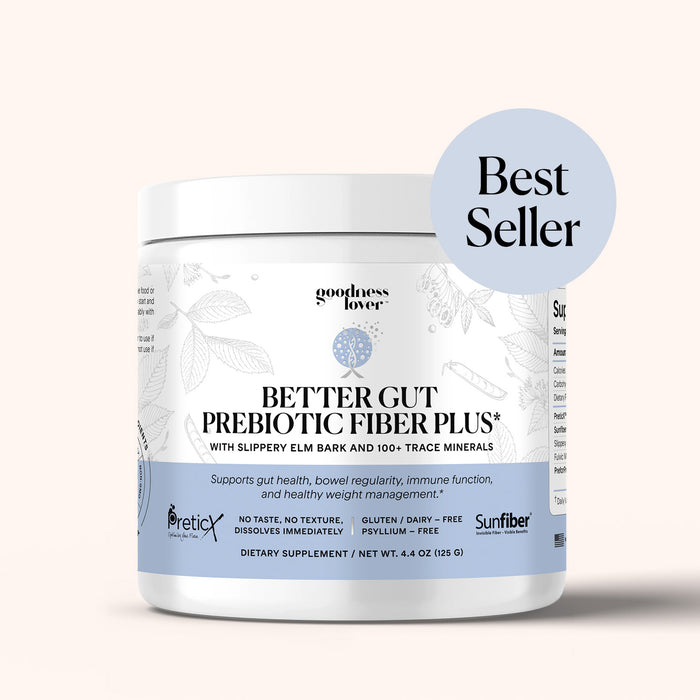








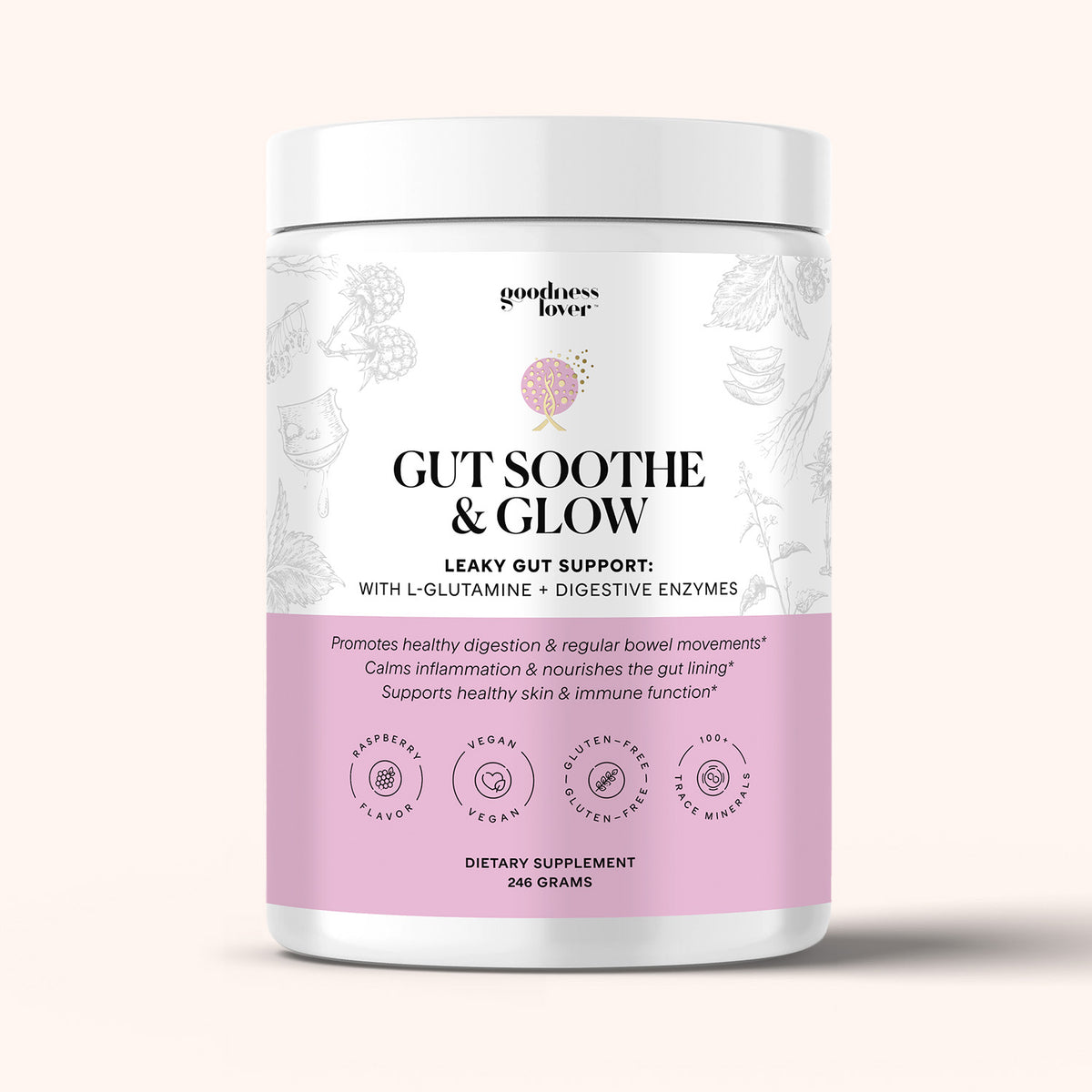
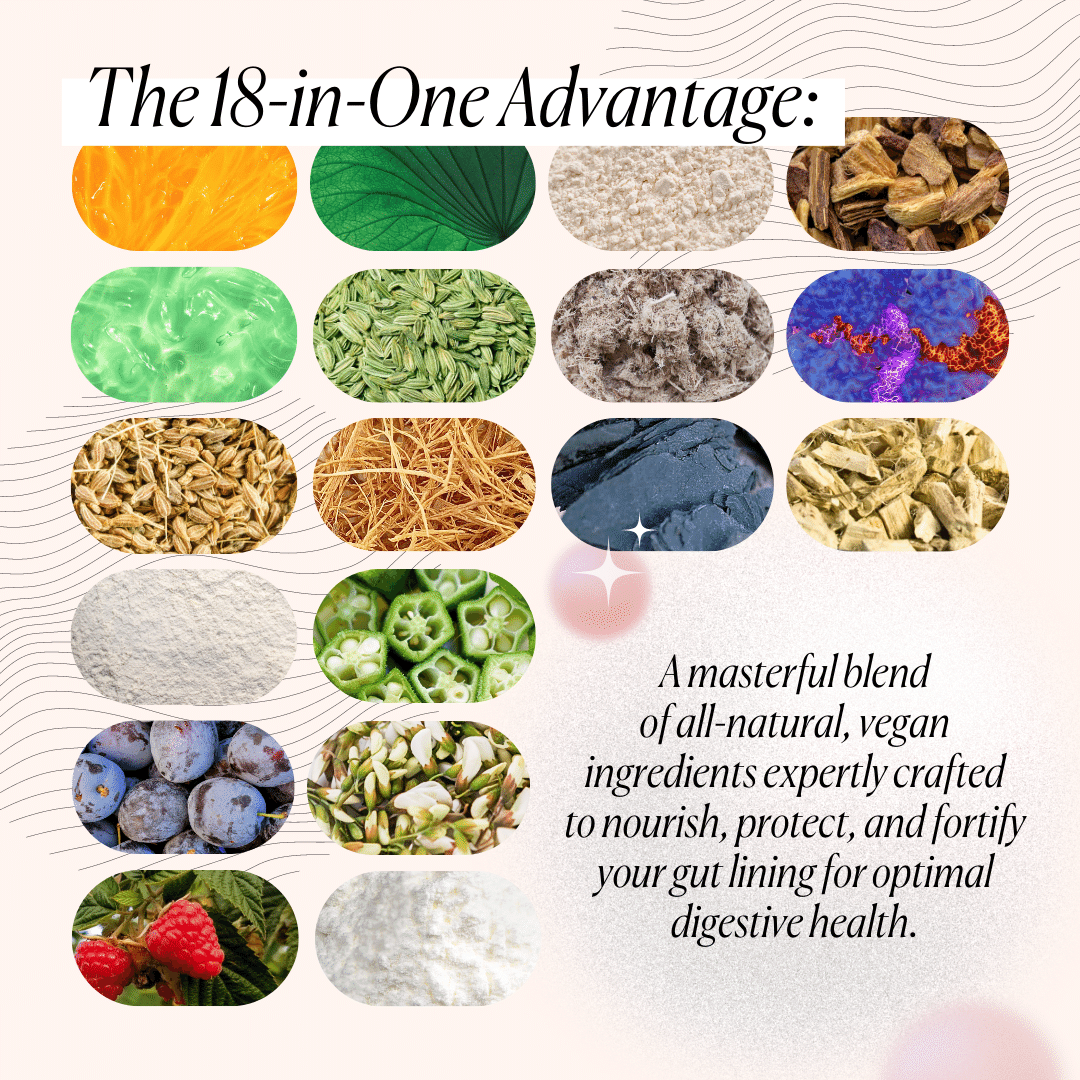
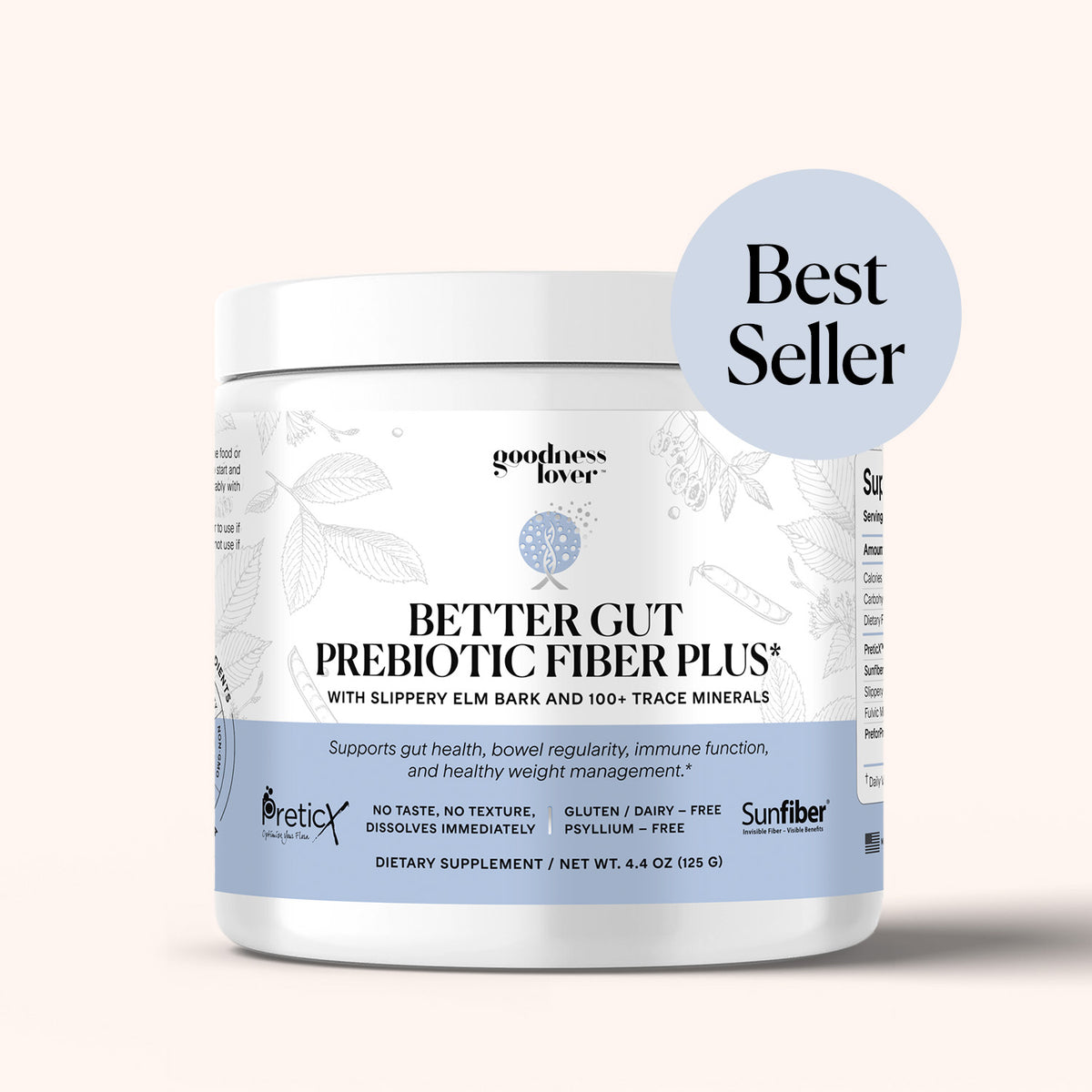
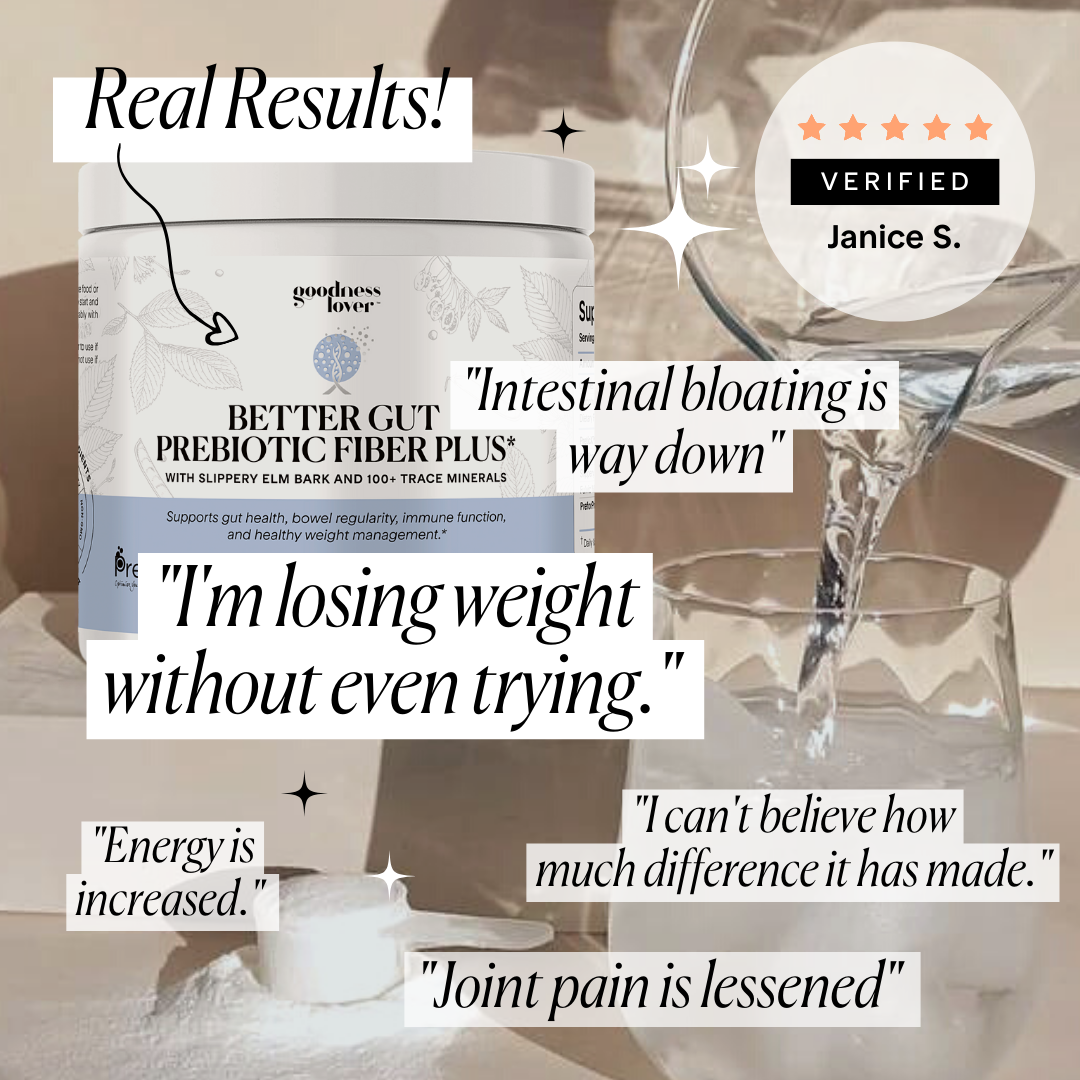
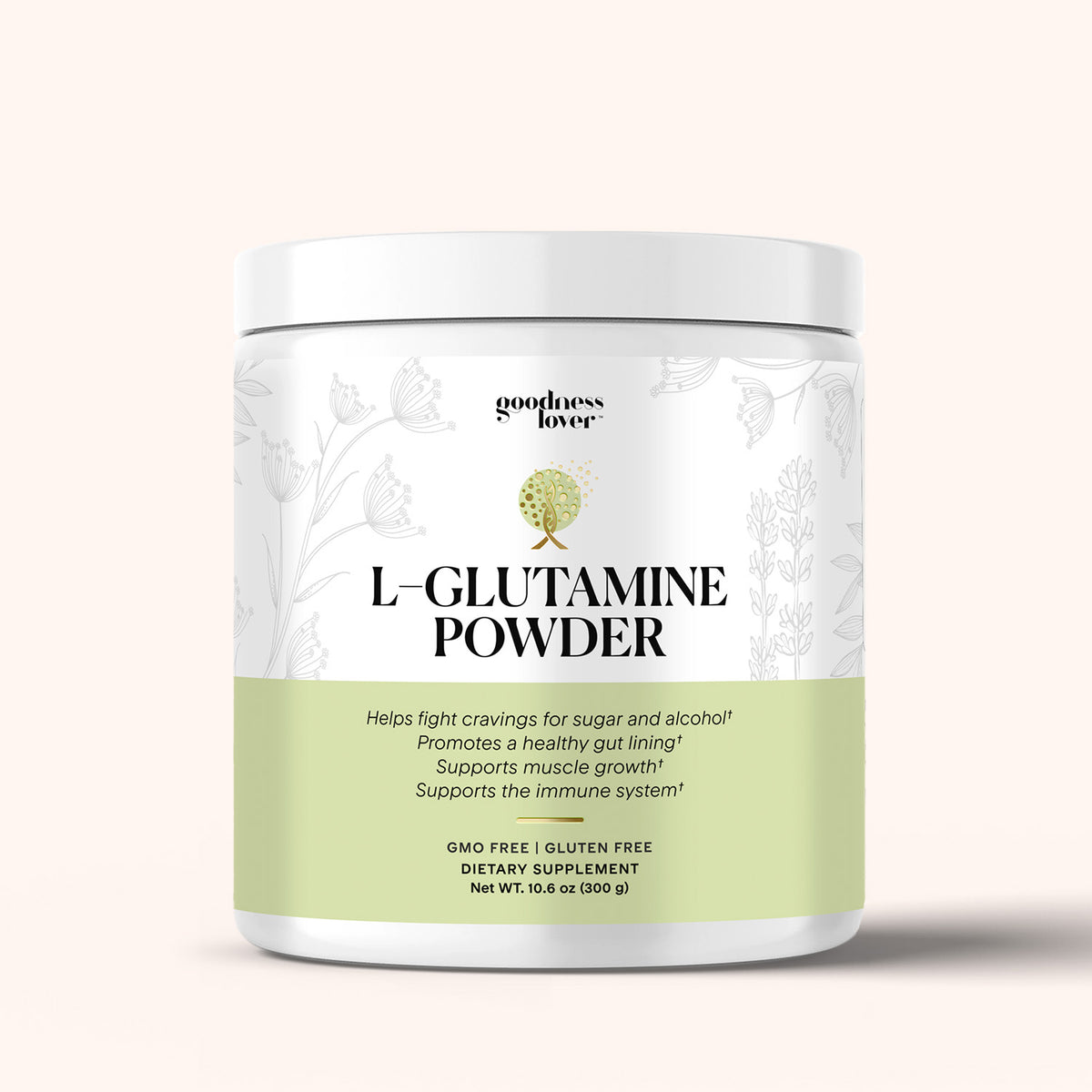
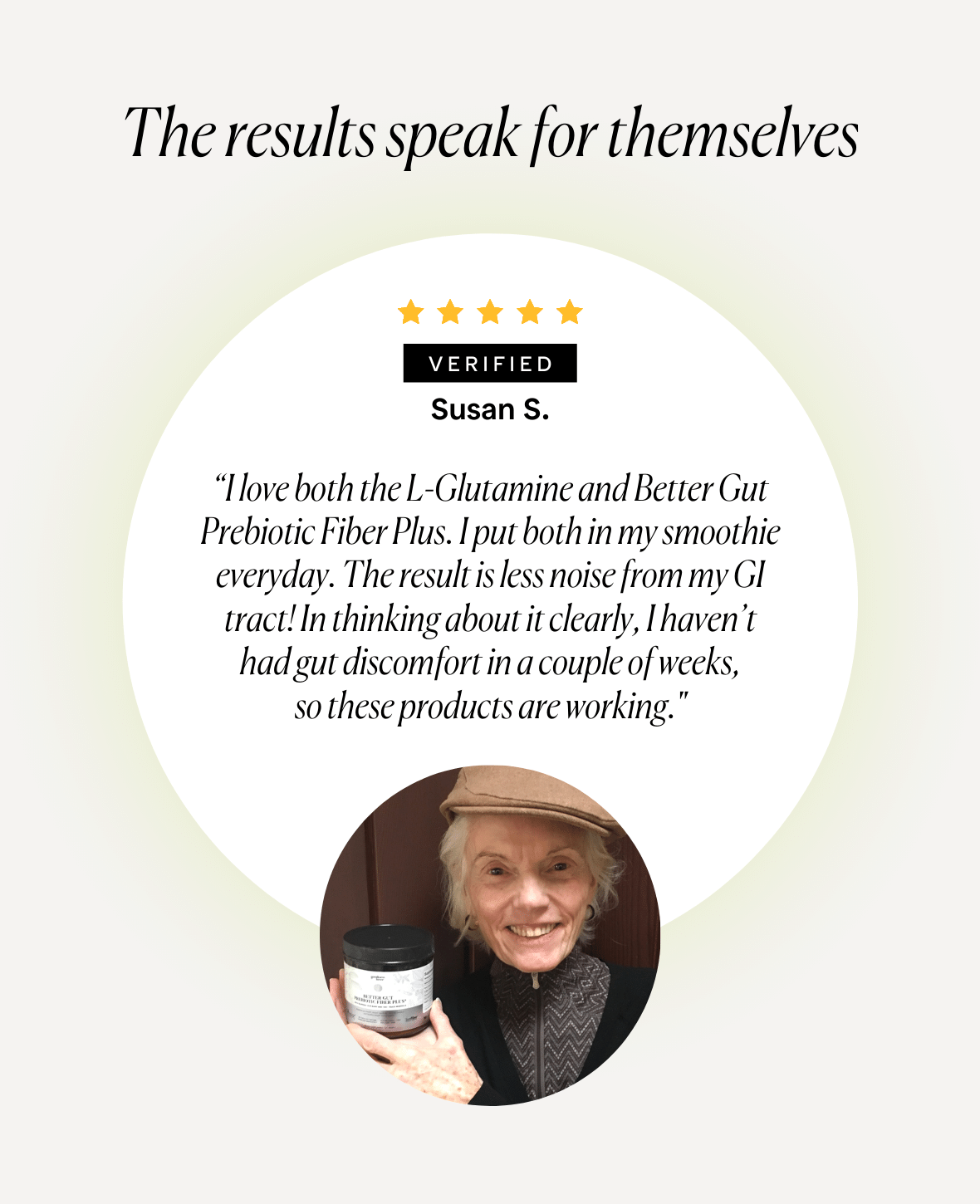
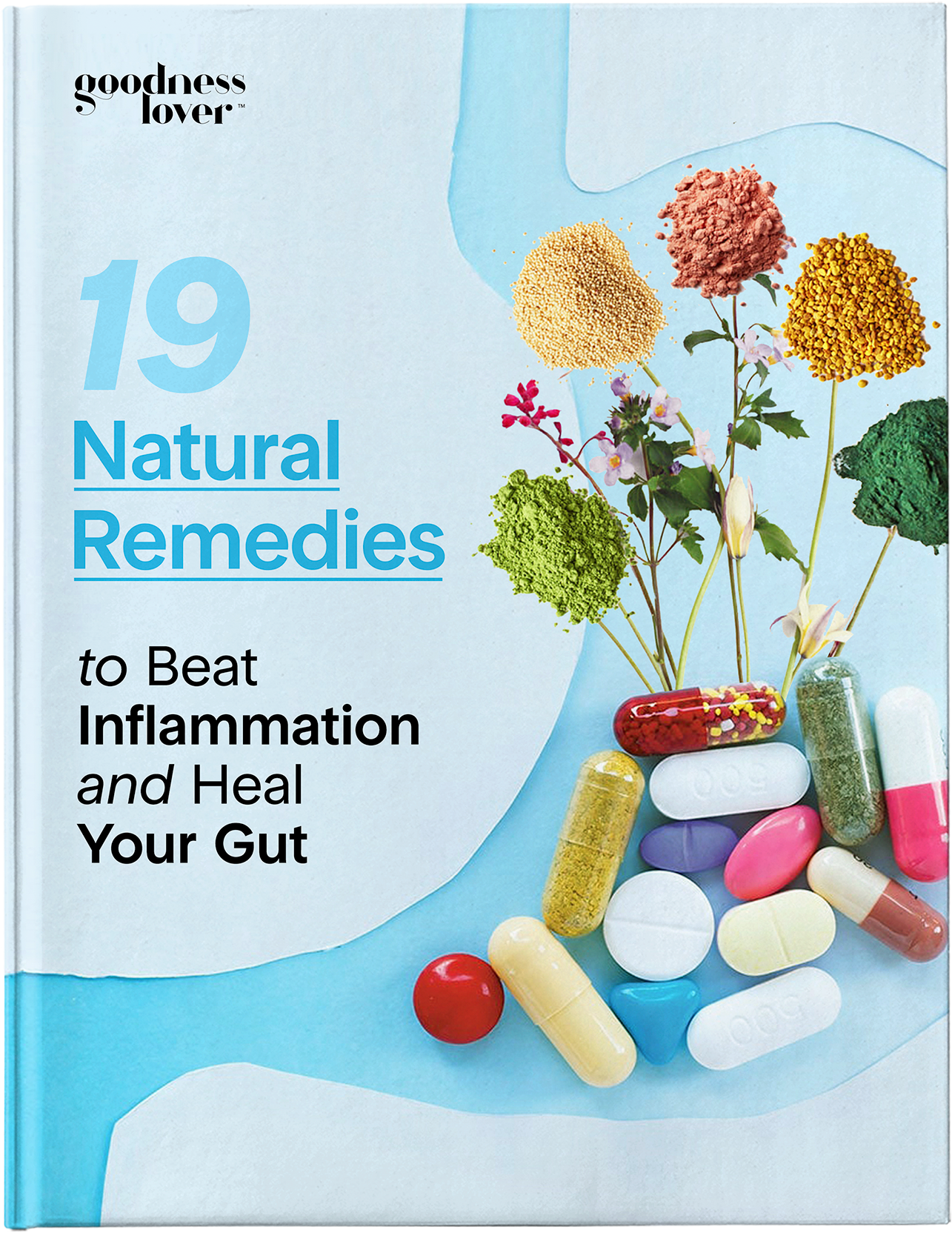
What Do You Think? Comment Below: